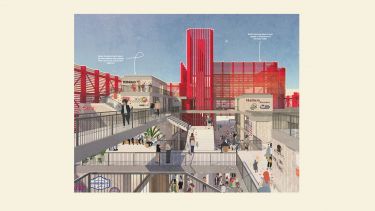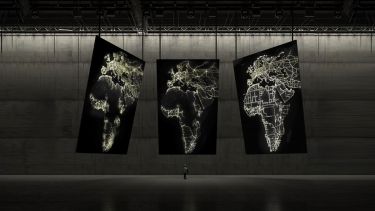MArch studios
Our MArch programmes are based around a series of thematic studios which develop out of the studio leaders’ own research interests.

Contextual design and research
The product of studio courses extends beyond the comprehensive design of a building and into other areas such as consultation, historical analysis, technical innovation or cultural investigation.



